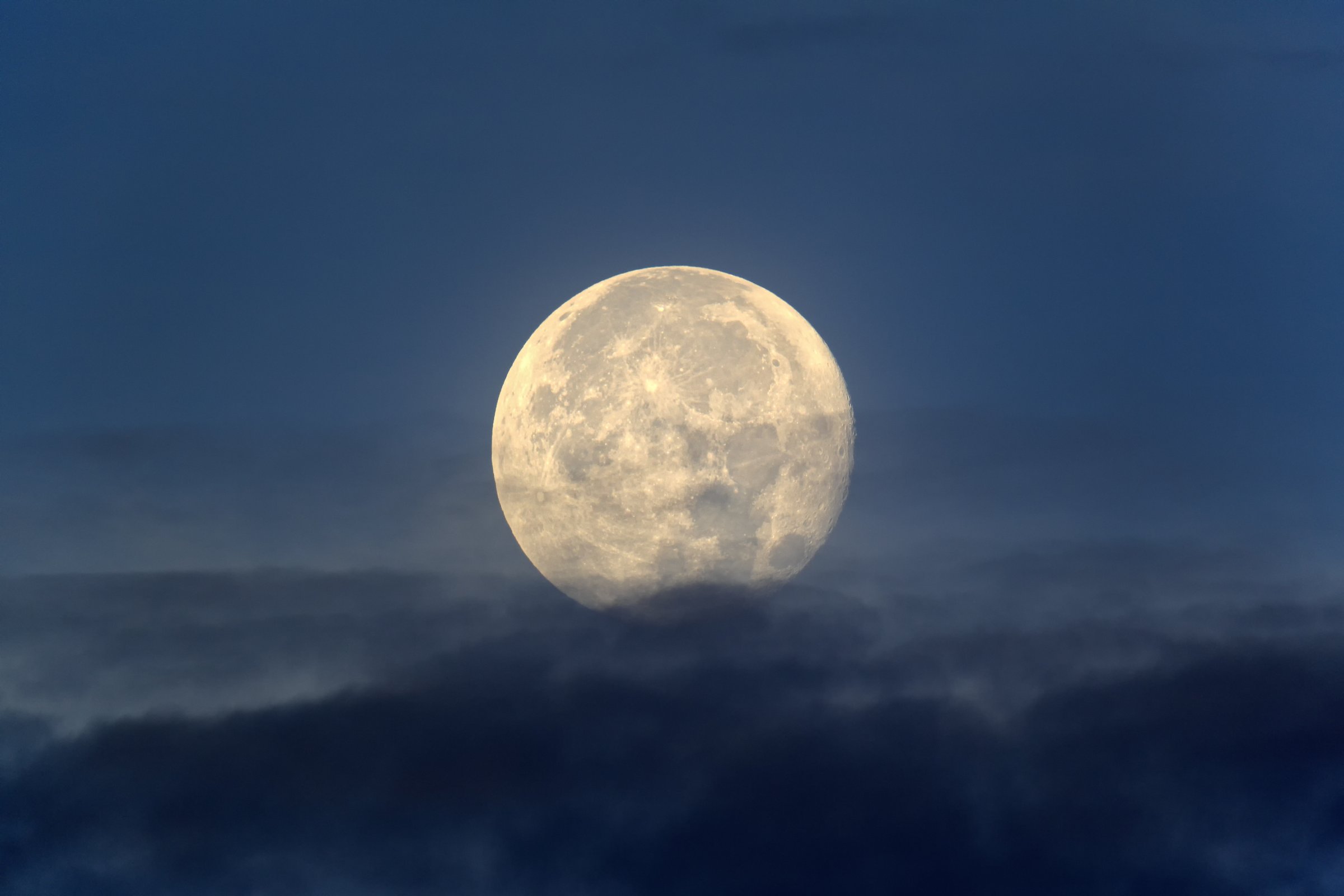
Analysis of moon rocks brought back by Apollo astronauts has revealed remnants of Theia, the planet that researchers believe collided with Earth to create the moon 4.5 billion years ago.
Researchers have long hypothesized that Theia — named after the Greek goddess who was the mother of Selene, the goddess of the moon — collided with Earth and was destroyed upon impact. Remains of the colliding planet and debris from Earth were thought to have joined together, eventually forming the moon. The moon’s thin core suggests that it was created with the help of two other planets, but no hard evidence has been found to confirm the theory until now.
According to the study published in the journal Science, an analysis of different varieties of oxygen, called isotopes, in the lunar rocks reveals equal traces of both the moon and the colliding planet. The moon rocks also contain a rare material called enstatite chondrite, which is not found on earth, also suggesting that the moon was formed by planetary coalescing.
The team, led by Dr. Daniel Herwartz from the University of Goettingen, wrote to Science that previous analysis of the rocks showed little difference in isotopes, but that the recent analysis “supports the view that the Moon was formed by a giant collision of the proto-Earth with [an impactor].”
Despite the new discoveries, some scientists are still not convinced that the minor differences in isotopes confirm the big-impact hypothesis. Dr. Mahesh Anand from the Open University told BBC that the rocks shouldn’t be used to represent the entire moon and that “further analysis of a variety of lunar rocks is required for further confirmation.”
[Science]
More Must-Reads from TIME
- Cybersecurity Experts Are Sounding the Alarm on DOGE
- Meet the 2025 Women of the Year
- The Harsh Truth About Disability Inclusion
- Why Do More Young Adults Have Cancer?
- Colman Domingo Leads With Radical Love
- How to Get Better at Doing Things Alone
- Michelle Zauner Stares Down the Darkness
Contact us at letters@time.com